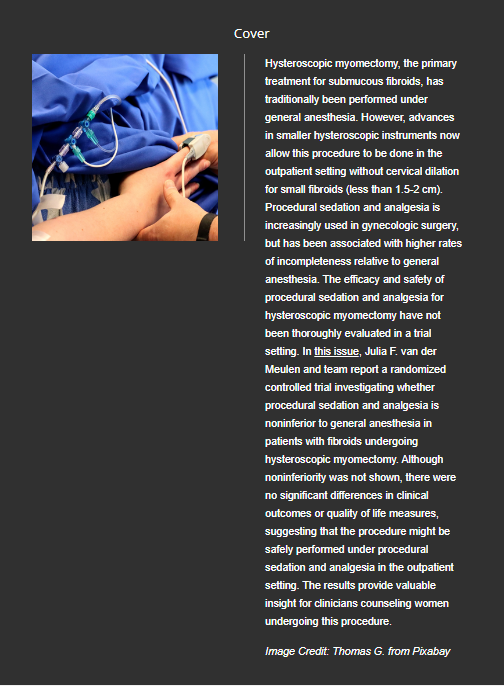摘要
背景:在非洲,心血管疾病(CVD)的发病率和死亡率不断上升,主要原因是高血压未得到诊断和治疗。利用现有初级卫生系统的方法可以改善高血压治疗并减少心血管疾病,但成本效益尚不清楚。我们评估了非洲东部、南部、中部和西部人群高血压筛查和慢性病护理诊所的成本效益:我们进行了一项建模研究,模拟了非洲东部、南部、中部和西部各种环境下的 3000 种高血压和心血管疾病情况。与目前的高血压治疗相比,我们评估了两种政策:(1) 将 HIV 初级保健诊所扩展为慢性病保健诊所,为所有人提供高血压治疗,无论其是否感染 HIV(慢性病保健诊所或 CCC 政策);(2) CCC 加上由社区保健工作者对年龄≥40 岁的成年人进行人群高血压筛查(CHW 政策)。在主要分析中,我们采用的成本效益阈值为每避免 1 个残疾调整生命年(DALY)500 美元,年贴现率为 3%,时间跨度为 50 年。如果一项策略导致的净残疾调整寿命年数最少,则该策略被认为具有成本效益,净残疾调整寿命年数是衡量残疾调整寿命年数负担的一个指标,它考虑了特定成本效益阈值的成本对残疾调整寿命年数的影响。在 45 至 64 岁的成年人中,实施 CCC 将使人群高血压控制率(血压得到控制的高血压患者比例)从平均 4%(90% 的范围为 1%至 7%)提高到 14%(6% 至 26%);额外的 CHW 筛查将使控制率提高到 44%(35% 至 54%)。在所有成年人中,CCC 的实施将使缺血性心脏病(IHD)发病率降低 10%(3% 至 17%),中风发病率降低 13%(5% 至 23%),心血管疾病死亡率降低 9%(3% 至 15%)。CCC加CHW筛查可使IHD发病率降低28%(19%至36%),中风发病率降低36%(25%至47%),心血管疾病死亡率降低25%(17%至34%)。在 62% 的方案中,CHW 筛查具有成本效益;在 31% 的方案中,CCC 筛查具有成本效益;在 7% 的方案中,两种政策均不具有成本效益。汇总不同的设置方案,CCC 的增量成本效益比为 69 美元/减少的残疾年,在 CCC 的基础上增加 CHW 筛查的增量成本效益比为 389 美元/减少的残疾年:利用现有的医疗保健基础设施,由社区保健员实施人群高血压筛查,并通过综合慢性病诊所进行高血压治疗,有望降低心血管疾病的发病率和死亡率,而且在非洲的大多数环境中可能具有成本效益。Background: Cardiovascular disease (CVD) morbidity and mortality is increasing in Africa, largely due to undiagnosed and untreated hypertension. Approaches that leverage existing primary health systems could improve hypertension treatment and reduce CVD, but cost-effectiveness is unknown. We evaluated the cost-effectiveness of population-level hypertension screening and implementation of chronic care clinics across eastern, southern, central, and western Africa.
Methods and findings: We conducted a modeling study to simulate hypertension and CVD across 3,000 scenarios representing a range of settings across eastern, southern, central, and western Africa. We evaluated 2 policies compared to current hypertension treatment: (1) expansion of HIV primary care clinics into chronic care clinics that provide hypertension treatment for all persons regardless of HIV status (chronic care clinic or CCC policy); and (2) CCC plus population-level hypertension screening of adults ≥40 years of age by community health workers (CHW policy). For our primary analysis, we used a cost-effectiveness threshold of US $500 per disability-adjusted life-year (DALY) averted, a 3% annual discount rate, and a 50-year time horizon. A strategy was considered cost-effective if it led to the lowest net DALYs, which is a measure of DALY burden that takes account of the DALY implications of the cost for a given cost-effectiveness threshold. Among adults 45 to 64 years, CCC implementation would improve population-level hypertension control (the proportion of people with hypertension whose blood pressure is controlled) from mean 4% (90% range 1% to 7%) to 14% (6% to 26%); additional CHW screening would improve control to 44% (35% to 54%). Among all adults, CCC implementation would reduce ischemic heart disease (IHD) incidence by 10% (3% to 17%), strokes by 13% (5% to 23%), and CVD mortality by 9% (3% to 15%). CCC plus CHW screening would reduce IHD by 28% (19% to 36%), strokes by 36% (25% to 47%), and CVD mortality by 25% (17% to 34%). CHW screening was cost-effective in 62% of scenarios, CCC in 31%, and neither policy was cost-effective in 7% of scenarios. Pooling across setting-scenarios, incremental cost-effectiveness ratios were $69/DALY averted for CCC and $389/DALY averted adding CHW screening to CCC.
Conclusions: Leveraging existing healthcare infrastructure to implement population-level hypertension screening by CHWs and hypertension treatment through integrated chronic care clinics is expected to reduce CVD morbidity and mortality and is likely to be cost-effective in most settings across Africa.

 求助内容:
求助内容: 应助结果提醒方式:
应助结果提醒方式:


